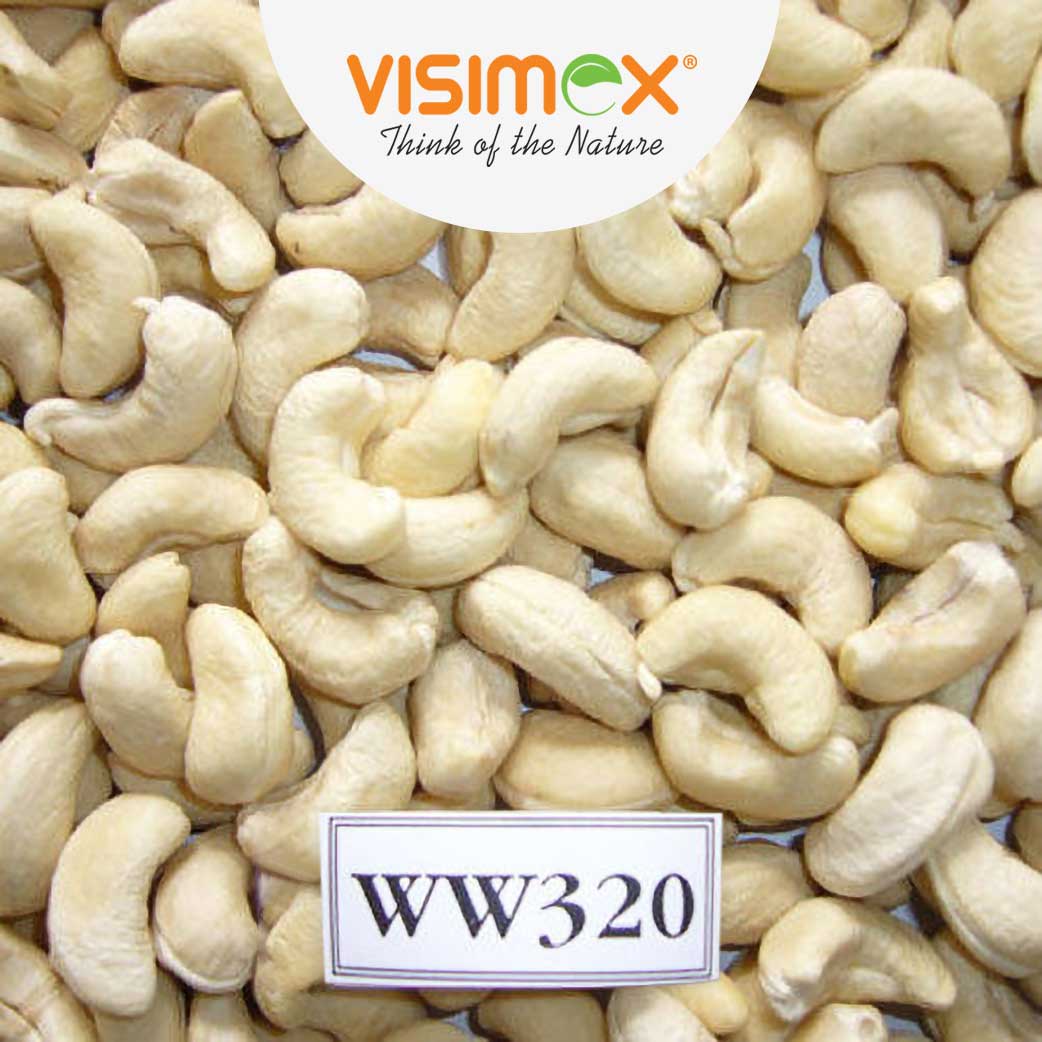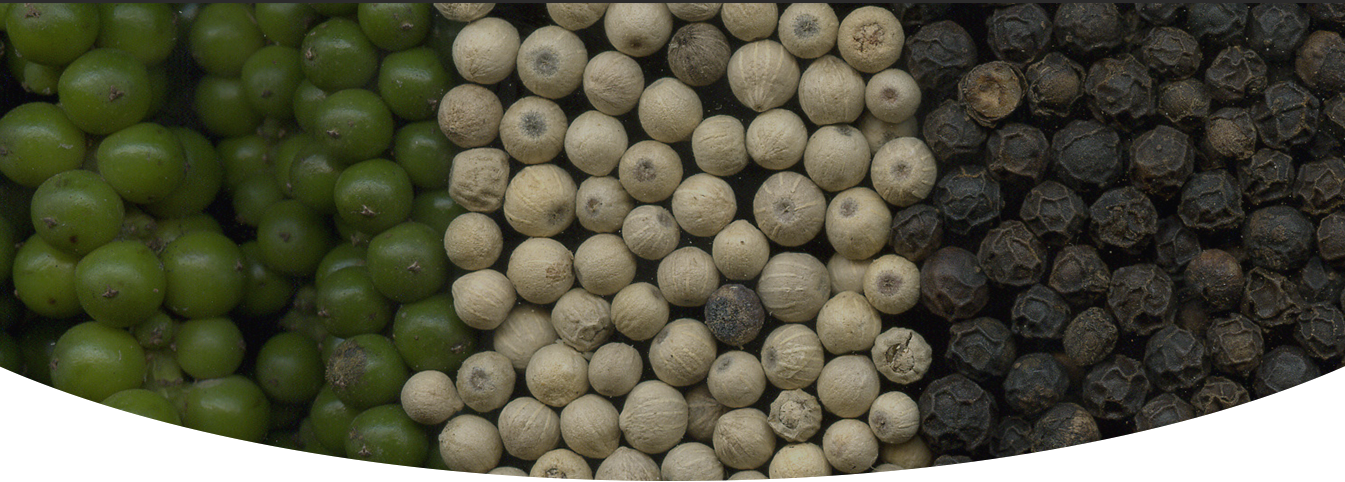Cashew nuts are classified by sizes and colours, which WW240, WW320, WW450, WS are the most popular types. So what are these codes, and how are cashew nuts classified?
Below is reference standard TCVN 4850: 2010 that specifies requirements for the Cashew Kernels obtained from the fruits of the Cashew nut tree (Anacardium occidentele Linnaeus) for human consumption.

General requirements
- Cashew kernels are products obtained by shelling the fruits of the Cashew nut tree and peeling the silk skin. The Cashew kernels shall be dry, and shall have the characteristic shape. According to grade designations, they can be either scorched or unscorched, wholes or pieces, free from the oil of Cashew shell and silk skin. The percentage of kernels that are still attached to the silk skin is less than 1 %, and the diameter of pieces of attached silk skin is less than 1 mm.
- Cashew kernels shall be completely free from living insects, moulds, rodent contamination and insect damage, visible to the naked eye, or free from magnification in necessary cases.
- Cashew kernels shall have a natural smell, and shall be free from the rancid smell or any other unfamiliar smell.
- Moisture content: The Cashew kernels shall have a moisture content not greater than 5 % calculated in mass.
- For each grade of the Cashew kernels: Broken kernels and kernels of the next lower grade, if any, shall not together exceed 5 % (m/m) at the time of packing.
Table of abbreviations
| No | Abbreviation | Explanation |
| 1 | W | White |
| 2 | S | Scorched |
| 3 | SS | Second Scorched |
| 4 | LB | Light Blemish |
| 5 | B | Blemish |
| 6 | DB | Dark Blemish |
| 7 | B | Butt |
| 8 | BB | Blemish Butt |
| 9 | S | Split |
| 10 | LP | Large Pieces |
| 11 | SP | Small Pieces |
| 12 | B-B | Baby – Bits |
Grading
The Cashew kernel shall be graded by the quality classification criteria given below:
| Grade | Grade designation | Number of kernels per KG | Number of kernel per LB | Trade name | Requirement |
| 1 | W 160 | 265-353 | 120 – 160 | White Whole Kernels | Besides the general requirements, the Cashew kernels shall be white, pale ivory or light ash gray free from black or brown spots |
| 2 | W 180 | 355-395 | 161 – 180 | ||
| 3 | W 210 | 440-465 | 200 – 210 | ||
| 4 | W 240 | 485-530 | 220 – 240 | ||
| 5 | W 320 | 660-705 | 300 – 320 | ||
| 6 | W 450 | 880-990 | 400 – 450 | ||
| 7 | SW 240 | 485 – 530 | 220 – 240 | Scorched whole kernels | As the grade of white whole kernels but the color is darker due to overheating in the process of oil dressing or dry. |
| 8 | SW 320 | 660 – 705 | 300 – 320 | ||
| 9 | SW | – | – | ||
| 10 | WS | – | – |
White Splits |
Kernels split naturally lengthwise. The color of Cashew kernels is the same the color of white whole kernels |
| 11 | LP | – | – | Large pieces | Broken kernels not passing through a sieve of aperture 4.75 mm |
| 12 | SSP
|
– | – | Scorched Small pieces | Broken kernels passing through a sieve of aperture 4.75 mm, but not passing through a sieve of aperture 2.8 mm |
| 13 | BB | – | – | Baby Bits | Small broken kernels passing through a sieve of aperture 2.8 mm, but not passing through a sieve of aperture 1.7 mm |
Source: https://hethongphapluat.com/tieu-chuan-viet-nam-tcvn-4850-2010-ve-nhan-hat-dieu.html
Discover our products by clicking here
Follow our LinkedIn











